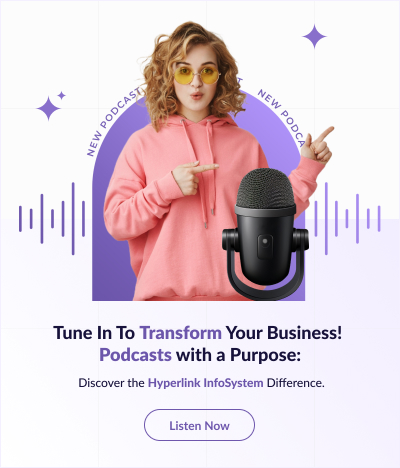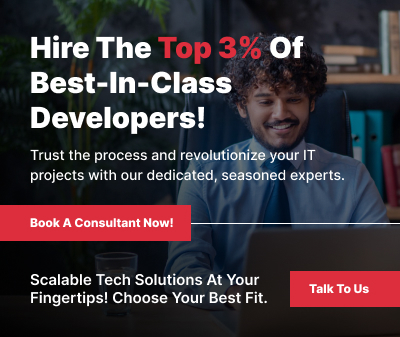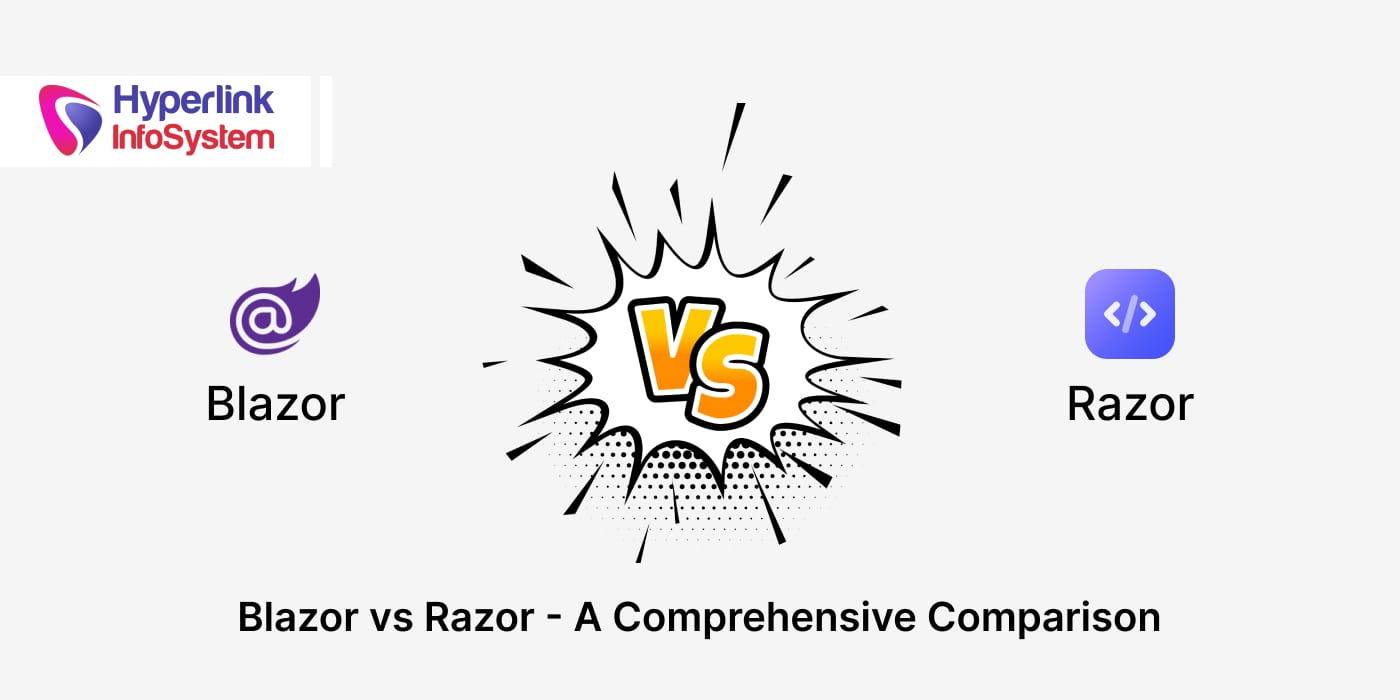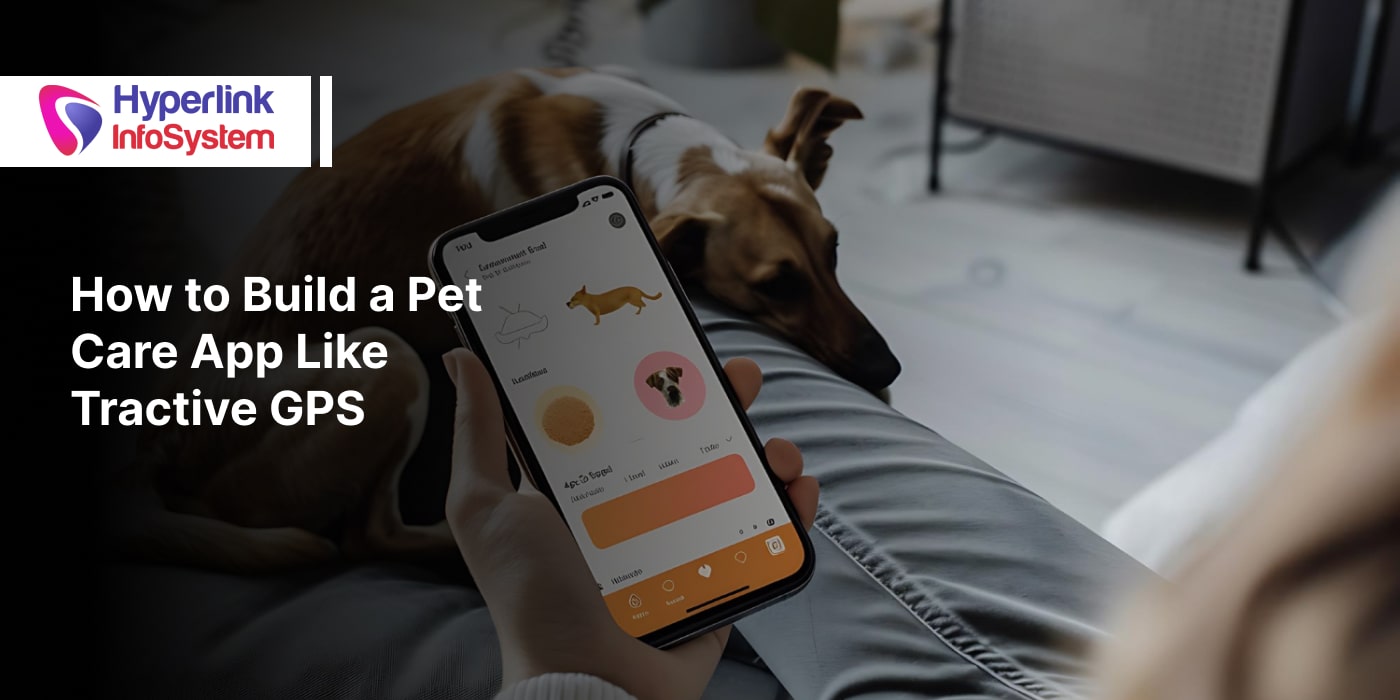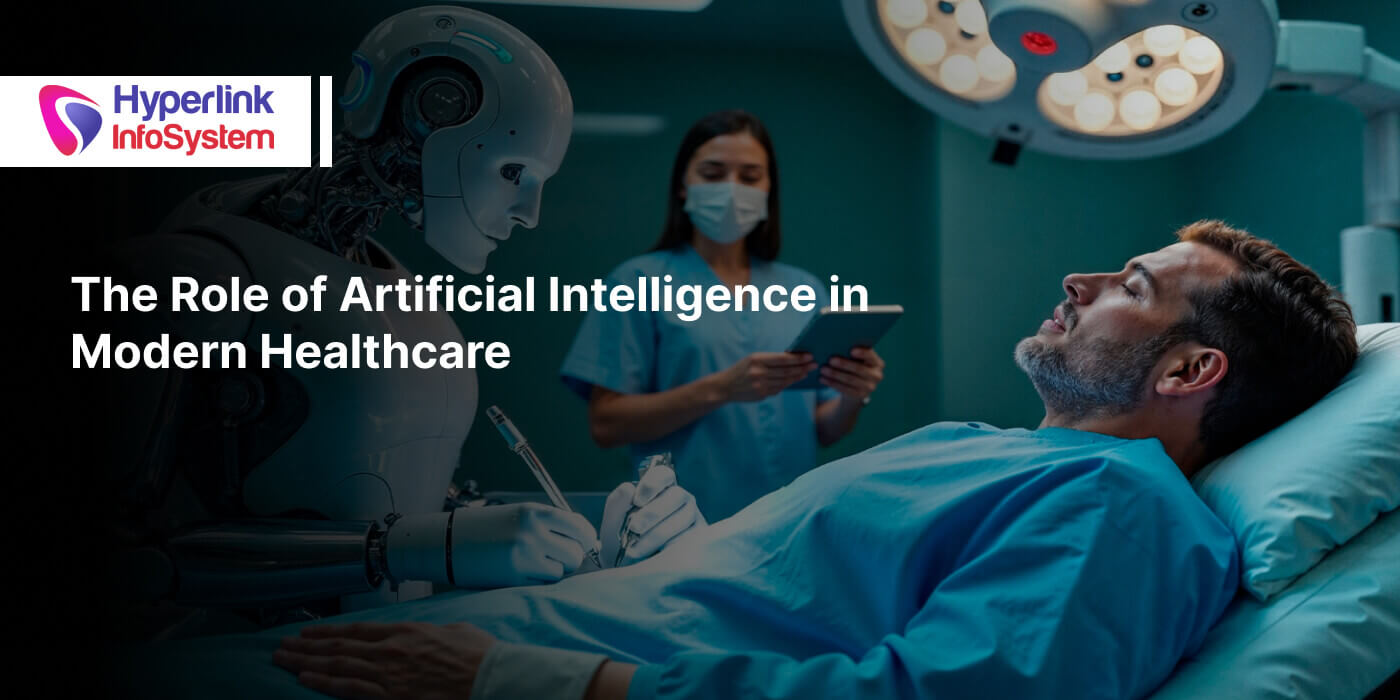How to Develop Software for Medical Devices?
Apr 2024
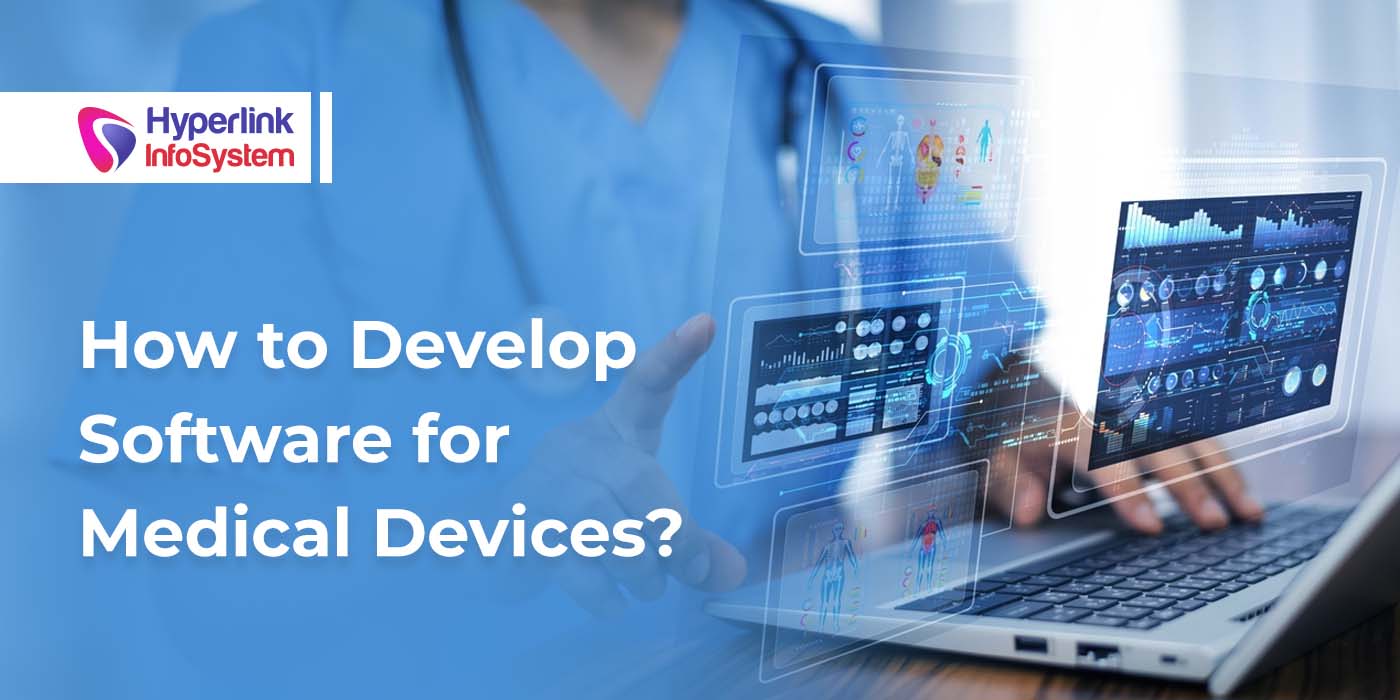
Advanced healthcare technologies rely on medical device software that enables accurate diagnostics, personalized treatment planning, and streamlined patient care.
Advanced healthcare technologies use algorithms and analytical tools to help medical professionals understand medical data and make informed clinical decisions.
Besides, patients’ safety and data privacy are protected by strict regulatory standards while constant invention fosters the integration of state-of-the-art health technologies to improve healthcare delivery and outcomes after treatment.
Strict observance of regulatory requirements ensures the safety of patients' lives and the security of their personal information; at the same time, endless innovations in this sphere contribute to the introduction of cutting-edge solutions to enhance healthcare services' quality and patients’ conditions after recovery.
According to Statista, Medical devices are expected to grow 5.70% by 2028.
Types of Medical Devices
1) Software as a Medical Device (SaMD)
This refers to stand-alone software that employs medical devices’ input to cure ailments or perform therapeutic operations.
2) Software in Medical Devices (SiMD)
This relates to general-purpose medical products that do not interface with the medical device software development itself.
Example: Software embedded in pacemakers, insulin pumps, and imaging systems.
3) Software as an accessory to a medical device
The software, which is meant for testing medical devices, plays a crucial role in evaluating their dependability, correctness, and harmlessness. It does this by imitating real-life conditions to thoroughly test the performance of the device and ensure that it complies with regulatory standards and works optimally within clinical settings.
Example: software that monitors the operation of MRI machines, CT scanners, and ultrasound machines.
5 Steps To Develop Software For Medical Devices
Creating software for medical devices is an intricate task that must take into account the peculiarities of these solutions. Let us review the main steps required to successfully deliver software as a medical device integrated into your business processes.
Step 1: Compiling the Needs
- Ascertain what expectations and criteria are associated with patients, users, and regulatory bodies.
- Write down these specifications in a readable way. Ensure that the specifications are time-bound, meaningful, quantifiable, attainable, and specific (SMART).
- Collaborate with stakeholders such as engineers, physicians, and regulation experts to ensure the specificity of standards.
Example: A producer of medical equipment is creating a novel insulin pump intended for those with diabetes. To determine the requirements and expectations of users, including precise insulin dosage, an intuitive user interface, and compatibility with current insulin delivery systems, they work in conjunction with physicians, patients, and regulatory specialists.
Step 2: Solution Design
- Develop a plan that outlines the architecture, user interface, and functionality of the software that will meet the established requirements.
- The design is future-proofed, scalable, and adaptable for changes to come. Consider the usability and user experience of the software as well as interoperability with current medical systems/equipment.
- Work along with stakeholders to ensure all people’s needs are met within the design including possible issues.
Example: The same medical equipment maker creates a new insulin pump with an algorithm that modifies insulin dosage in response to blood glucose levels, a touchscreen interface, and Bluetooth connectivity for remote monitoring.
Step 3: Creation and Examination
- Design program code in line with this software design framework and undertake system testing to ensure compliance with requirements.
- Apply agile development methodologies like Scrum or Kanban to encourage flexibility, teamwork, and continuous improvement approaches.
- They should undergo system testing at different levels such as unit tests, integration tests then heart rate monitoring application performance tests.
Example: The medical device manufacturer uses agile development methodologies, such as Scrum, to develop the insulin pump software. They perform unit testing, integration testing, and system software testing to ensure that the software is free of defects and meets the required performance criteria.
Step 4: Regulatory Approval
- It must be ascertained that the software meets all applicable regulatory requirements including those given by MHRA in the UK and FDA in the US.
- Draw up a technical file comprising program design information, test results, and development activities.
- Collaborate with regulation specialists to have the software meet all relevant regulations and ensure that any issues are dealt with instantly.
Example: The medical device manufacturer prepares a technical file that documents the development process, software design, and testing results. They submit the technical file and any other required documentation to the relevant regulatory authority, such as the FDA in the United States or the MHRA in the United Kingdom, for review and approval.
Step 5: Manufacturing and After-Market Monitoring
- Make the program and release it to your targeted audience. Keep an eye on how well the software is performing on the market to notice possible bugs or problems.
- To keep the working conditions of the software efficient we need to hire dedicated software developers, and quickly address any concerns or challenges.
- Also, we need to work together with stakeholders who include end users, and doctors among others so that this application can always continue being helpful for those for whom it has been designed.
Example: The medical device manufacturer manufactures the insulin pump and distributes it to the intended users. They monitor the pump's performance in the market to identify any issues or problems that may arise.
This process is intended to ensure that medical device software is safe, effective, and meets user needs. Also important is understanding that medical device software development is a highly regulated field therefore adhering to regulatory requirements is important for patient safety as well as product quality.
Cost of Building Software for Medical Devices
The cost of developing software for modern healthcare devices can vary significantly based on the complexity of the device, legal restrictions, and other elements. It is imperative for medical device producers to meticulously evaluate each of these aspects and design a complete financial plan and schedule for the advancement and marketing of their merchandise.
The complexity of the device and the requirements of the regulations affect custom software development company expenses. Software development for Class II medical devices typically costs $3.2 million, and Class III devices can have a price tag of up to $94 million. Software can cost $1–5 million or more when used as a medical device (SaMD).
One major cost driver is regulatory clearance. Applications for novel medical devices can cost anywhere from thousands to hundreds of thousands of dollars in fees. Medical devices take an average of 31 months to reach the market, and Class III devices typically cost $94 million.
It's important to take into account additional expenses for post-market monitoring, production, and marketing. These expenses can differ greatly and have a big influence on the total cost of marketing a medical device. It is recommended that medical device makers create a detailed budget and schedule for the advancement and marketing of their goods.
Conclusion
The development of software for medical devices involves understanding the different types of medical device software, such as SaMD, SiMD, and software as an accessory.
The process includes steps like compiling needs, solution design, creation and testing, regulatory approval, and manufacturing, with costs varying based on device complexity and regulatory requirements. It is crucial for medical device producers to carefully assess these factors and create a comprehensive financial plan for software development and marketing.
Latest Blogs
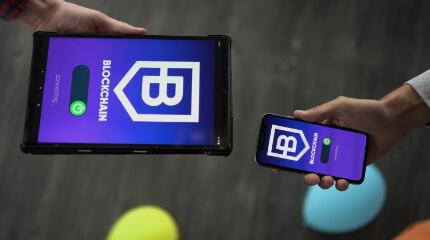
Is BlockChain Technology Worth The H ...
Unfolds The Revolutionary & Versatility Of Blockchain Technology ...


IoT Technology - A Future In Making ...
Everything You Need To Know About IoT Technology ...

Feel Free to Contact Us!
We would be happy to hear from you, please fill in the form below or mail us your requirements on info@hyperlinkinfosystem.com
Hyperlink InfoSystem Bring Transformation For Global Businesses
Starting from listening to your business problems to delivering accurate solutions; we make sure to follow industry-specific standards and combine them with our technical knowledge, development expertise, and extensive research.
4500+
Apps Developed
1200+
Developers
2200+
Websites Designed
140+
Games Developed
120+
AI & IoT Solutions
2700+
Happy Clients
120+
Salesforce Solutions

40+
Data Science










